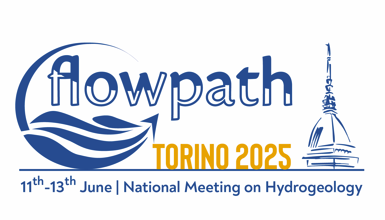Training Course Overview
This course provides the necessary knowledge for implementing a 3D numerical model of flow and heat transport for closed-loop (Borehole Heat Exchangers – BHE) and open-loop (extraction and reinjection wells) geothermal heat pump systems using MODFLOW-USG. Participants will learn how to:
- Assess hydraulic perturbation from wells (open-loop systems).
- Evaluate thermal perturbation from geothermal systems.
- Identify possible interferences and short-circuiting among BHEs/wells.
- Analyze energy performance variations based on layout configurations.
Software
MODFLOW-USG (USGS), Groundwater Vistas v9, Excel – temporary licenses will be provided.
Requirements
Participants should have background in flow modeling and basic understanding of contaminant transport modeling.
Registration
The course is reserved for Flowpath 2025 attendees. Additional registration fees:
- IAH Members: €80
- Students / PhD students: €50
Maximum number of participants:
20
Instructors
- Dr. Luca Alberti (Politecnico di Milano)
- Dr. Matteo Antelmi (Politecnico di Milano)
- Eng. Sara Barbieri (Tethys s.r.l. – Geokore)
Detailed Programme
Day 1 – Introduction (9:00 – 13:00)
- Course introduction
- Italian legislation on low-enthalpy geothermal systems
- Basic concepts of numerical modeling
- Heat transfer parameters in porous media
- Groundwater Vistas interface and CLN package
- GWV installation
Day 1 – Closed-loop Systems (14:00 – 17:00)
- Conceptual model definition
- Numerical model setup: grid, map import, spatial discretization
- Assign boundary/internal/initial conditions
- Thermo-physical properties and temporal discretization
- Transient model simulation and results discussion
Day 2 – Closed-loop Systems (9:00 – 13:00)
- Multi-BHE modeling
- Thermo-physical property variations
- Temporal discretization adjustments
- Transient model simulation and results discussion
Day 2 – Open-loop Systems (14:00 – 17:00)
- Modeling geothermal wells (extraction and reinjection)
- Thermo-physical property adjustments
- Transient simulation and result analysis
